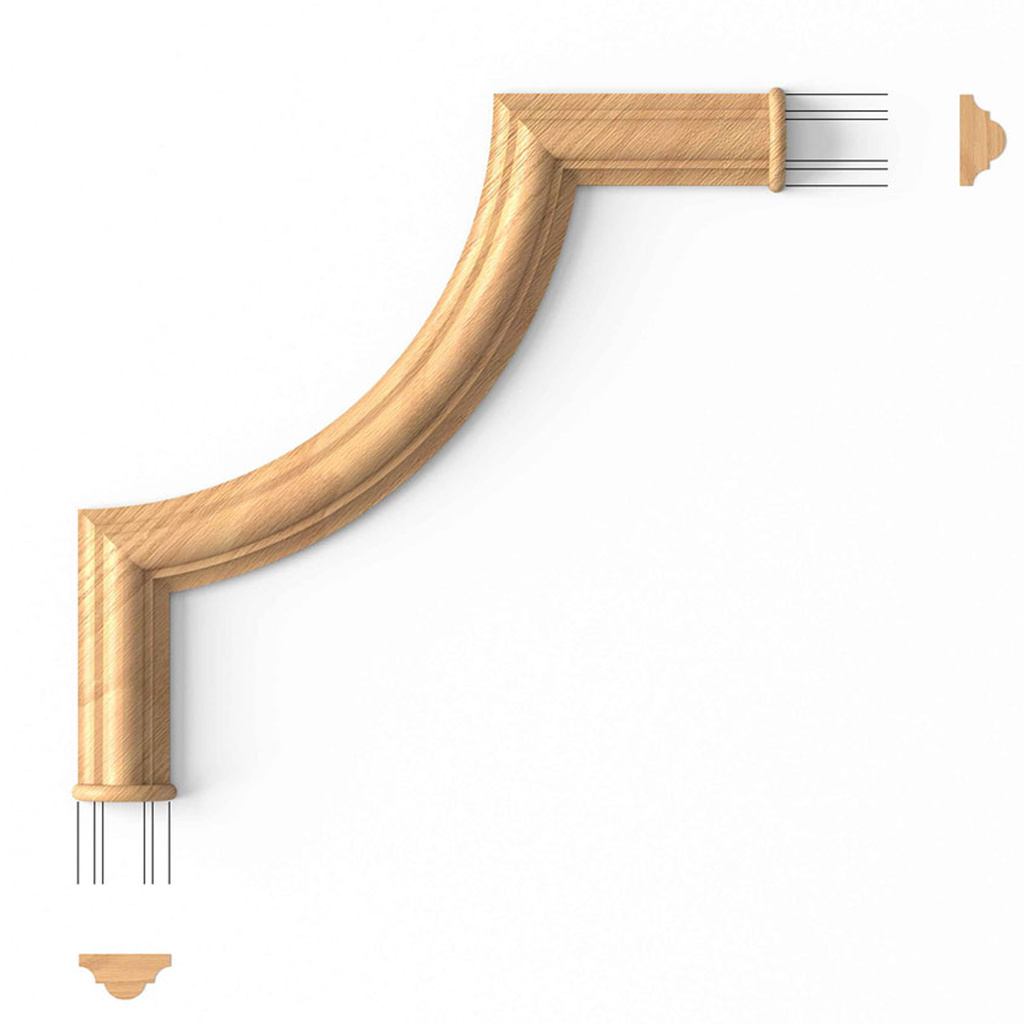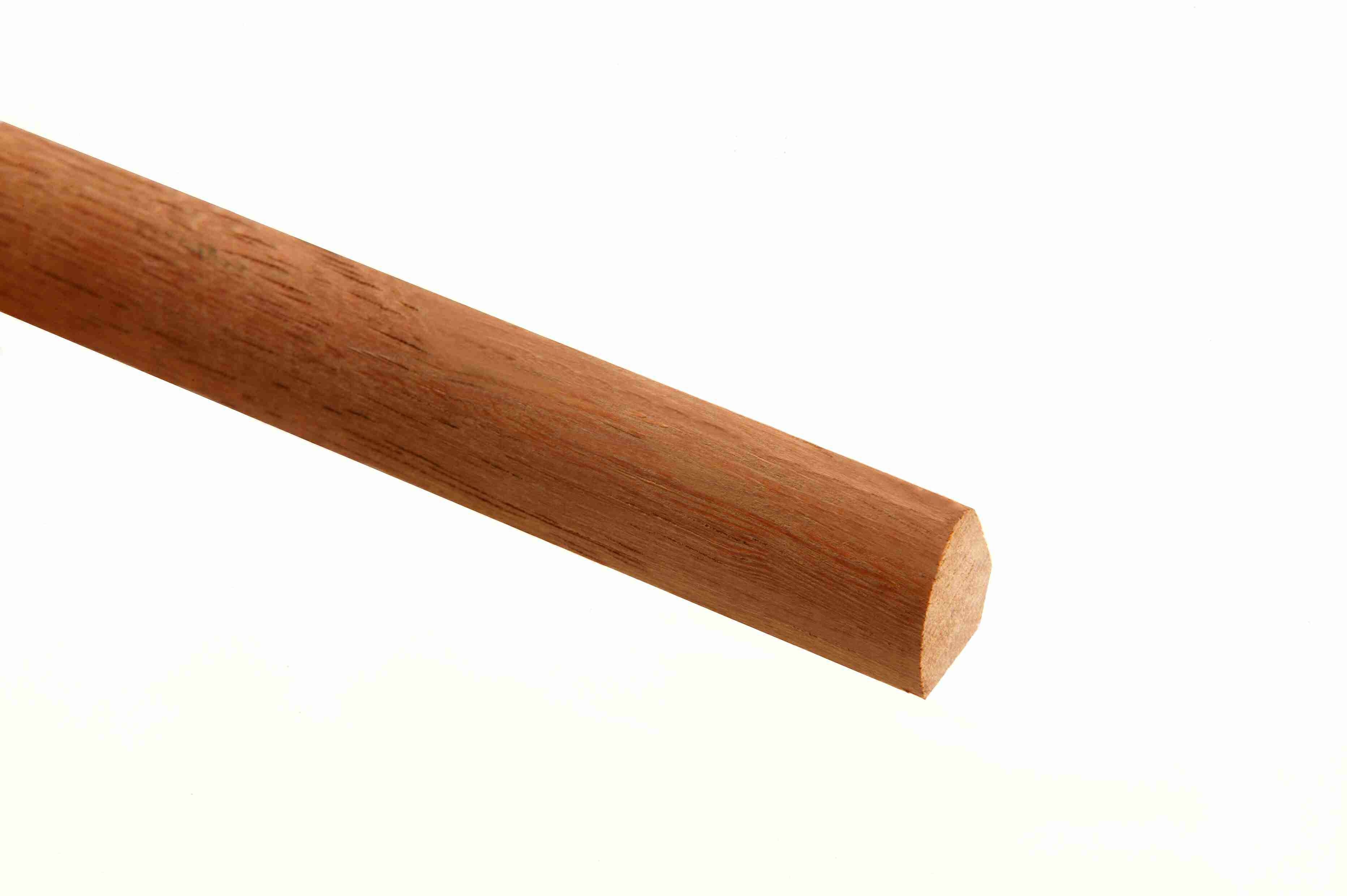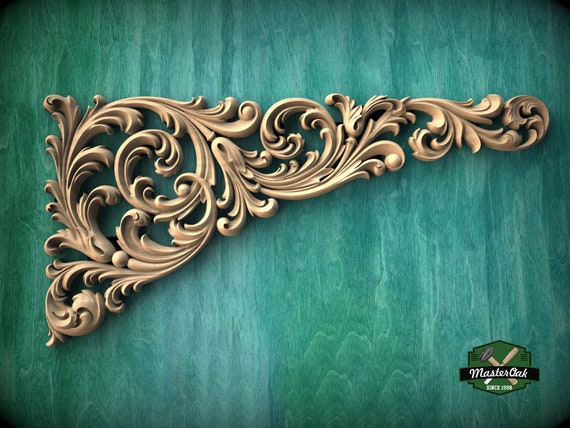When it comes to interior design, details matter. One often-overlooked element that can dramatically elevate the aesthetic of any room is decorative corner wood trim. This guide explores everything you need to know about this essential feature, from selection to installation, ensuring your home feels both stylish and inviting.
What is Decorative Corner Wood Trim?
Decorative corner wood trim is a type of molding that is applied at the corners of walls, ceilings, or furniture. It serves both functional and aesthetic purposes, acting as a transition between two surfaces while enhancing the visual appeal of a room.
Types of Decorative Corner Wood Trim
There are several styles of decorative corner wood trim to choose from, each with its unique look and feel. Here are some popular types:
- Crown Molding: This trim is installed at the junction of walls and ceilings, creating a seamless transition while adding height and elegance to the room.
- Baseboards: Baseboards run along the bottom of walls and help protect them from wear and tear, while also smoothening the look where the wall meets the floor.
- Chair Rails: Positioned about one-third up the wall, chair rails can help break up wall space and add visual interest.
- Corner Blocks: These decorative pieces are used where two pieces of trim meet at a 90-degree angle, providing a polished look.
Why Use Decorative Corner Wood Trim?
In my experience as a homeowner and DIY enthusiast, adding decorative corner wood trim has been one of the most rewarding home improvements I’ve made. Here are several reasons to consider it:

1. Enhanced Aesthetics
Decorative wood trim can transform a plain room into a sophisticated space. It adds depth and character that might otherwise be missing.
2. Increased Home Value
Investing in quality trim can boost your home’s resale value. Potential buyers often appreciate the craftsmanship and detail that trim provides.
3. Hides Imperfections
Trim can effectively cover gaps and imperfections between surfaces, making it an ideal solution when renovating or updating a room.
4. Versatility
With a variety of styles, materials, and finishes available, corner wood trim can suit any design aesthetic—from traditional to modern.

How to Choose the Right Decorative Corner Wood Trim
Choosing the right trim can be daunting with so many options available. Here are a few factors to consider:
1. Style
Consider the overall style of your home. A Victorian house may benefit from ornate crown molding, while a modern home might look best with sleek, simple lines.

2. Material
Wood is traditional and offers a classic look, but there are also options made from MDF or polyurethane that can be more cost-effective and easier to install.
3. Size
The size of your trim should be proportionate to your room. For example, larger, more ornate trim works well in spacious areas, while smaller trim is suitable for compact spaces.

4. Finish
Choose a finish that complements your decor. Painted trim can add a pop of color, while stained wood can enhance grain patterns for a natural look.
Installation Process for Decorative Corner Wood Trim
Installing decorative corner wood trim is a manageable DIY project, even for novices. Here is a step-by-step guide based on my personal experience:

Tools Required
- Miter saw
- Nail gun or hammer
- Measuring tape
- Wood glue
- Caulk
- Sandpaper
- Paint or stain (if applicable)
Steps to Install Decorative Corner Wood Trim
- Measure and Plan: Measure the corners where the trim will be installed and plan your cuts. Remember to account for angles.
- Cut the Trim: Using a miter saw, cut the trim pieces to length and at a 45-degree angle (for inside corners) or a 90-degree angle (for outside corners).
- Dry Fit: Before fastening, dry fit the pieces to ensure they fit snugly together.
- Attach the Trim: Apply wood glue to the back of the trim pieces and attach them to the wall using a nail gun or hammer.
- Caulk the Gaps: Use caulk to fill any gaps between the trim and the wall for a seamless appearance.
- Finish the Trim: Sand any rough edges and paint or stain the trim as desired.

Comparison Table of Trim Materials
| Material | Cost | Durability | Ease of Installation | Aesthetic Quality |
|---|---|---|---|---|
| Wood | $$$ | High | Moderate | High |
| MDF | $$ | Moderate | Easy | Moderate |
| Polyurethane | $$ | High | Easy | Good |
Pros and Cons of Decorative Corner Wood Trim
Pros
- Enhances the overall design of a room
- Increases property value
- Covers imperfections and gaps
- Wide variety of styles and materials
Cons
- Can be expensive depending on materials
- Requires time and effort for installation
- May need periodic maintenance or repainting
DIY vs. Hiring a Professional
When considering decorative corner wood trim, you might wonder whether to tackle the project yourself or hire a professional. Here are some points to weigh:
DIY Pros and Cons
- Pros: Cost-saving, personal satisfaction, flexibility in timing.
- Cons: Requires time, effort, and a learning curve if inexperienced.
Hiring a Professional Pros and Cons
- Pros: Expertise, time efficiency, guaranteed quality.
- Cons: Higher cost, less personal involvement in the process.
Frequently Asked Questions (FAQs)
What is the average cost of decorative corner wood trim?
The average cost can vary significantly based on materials and size but typically ranges between $1-10 per linear foot, excluding installation costs.
How do I maintain decorative corner wood trim?
Regular dusting, occasional cleaning with a damp cloth, and periodic repainting or staining will keep your trim looking fresh.
Can I install decorative corner wood trim on my own?
Yes! With the right tools and a bit of patience, many homeowners can successfully install trim themselves, as outlined in this guide.
What type of paint should I use on wood trim?
Use a high-quality latex or oil-based paint designed for trim. Semi-gloss finishes work well for easier cleaning and durability.
Is wood trim better than composite materials?
Wood trim is often preferred for its classic look and durability, but composite materials can also provide an affordable and low-maintenance alternative.
Conclusion
Decorative corner wood trim is more than just an aesthetic choice; it’s an investment in the elegance and value of your home. Whether you opt for a DIY project or hire a professional, the right trim can dramatically enhance your space. As you plan your design, remember to consider the style, material, and installation of your trim to ensure that it complements your home perfectly.
Are you ready to transform your home with decorative corner wood trim? Let your creativity flow and enjoy the process!